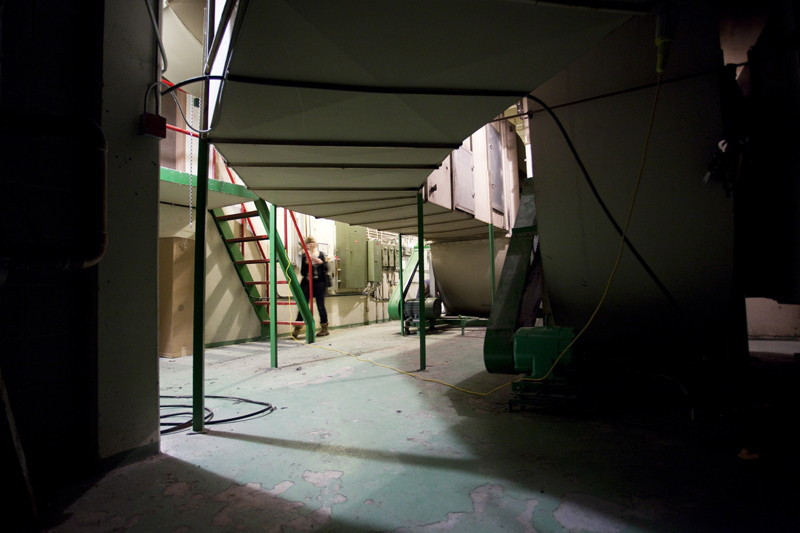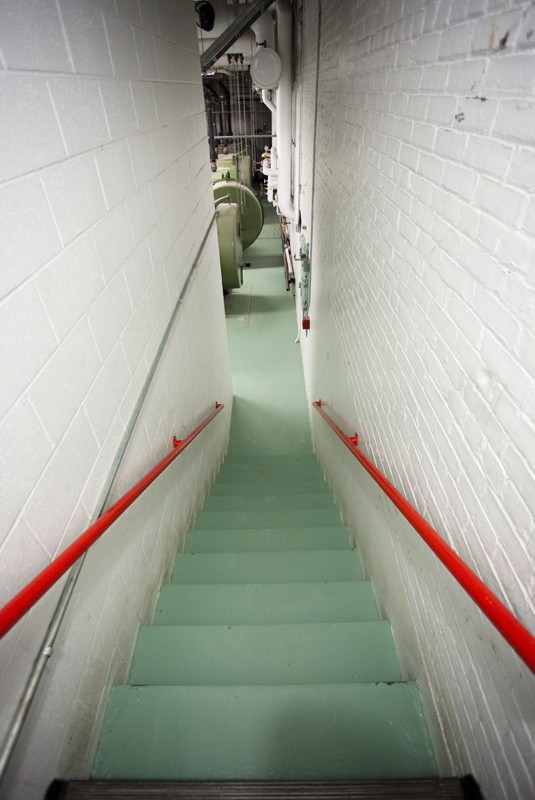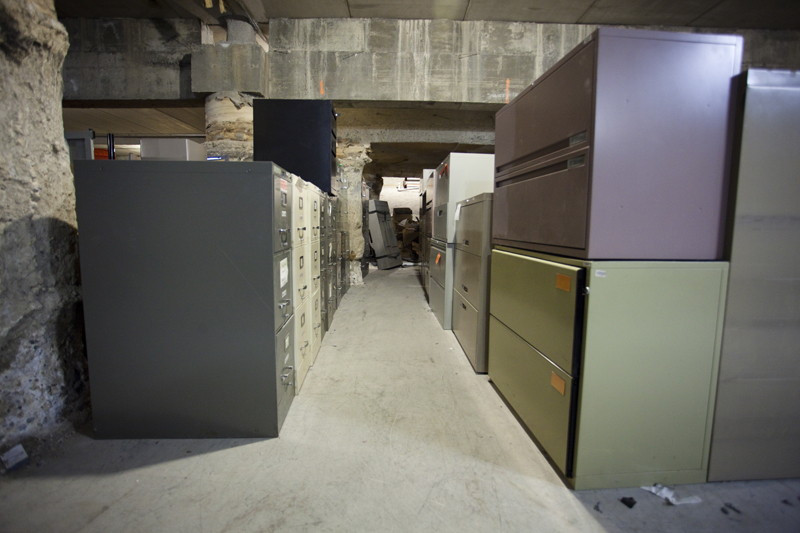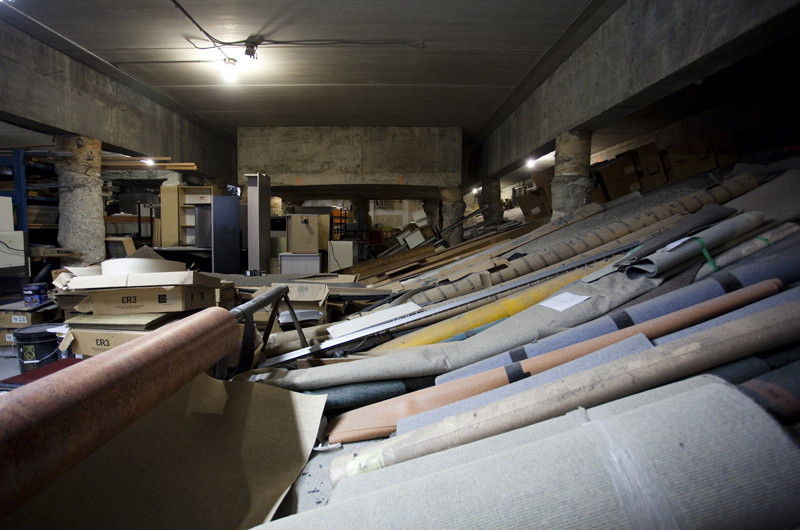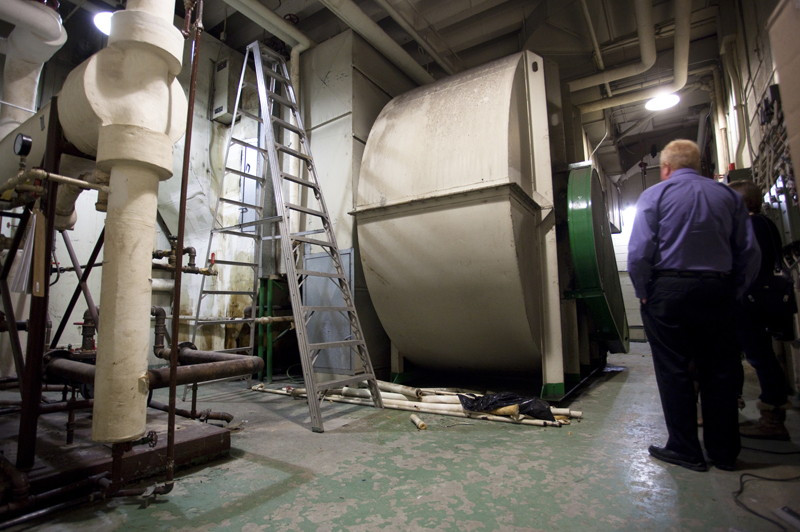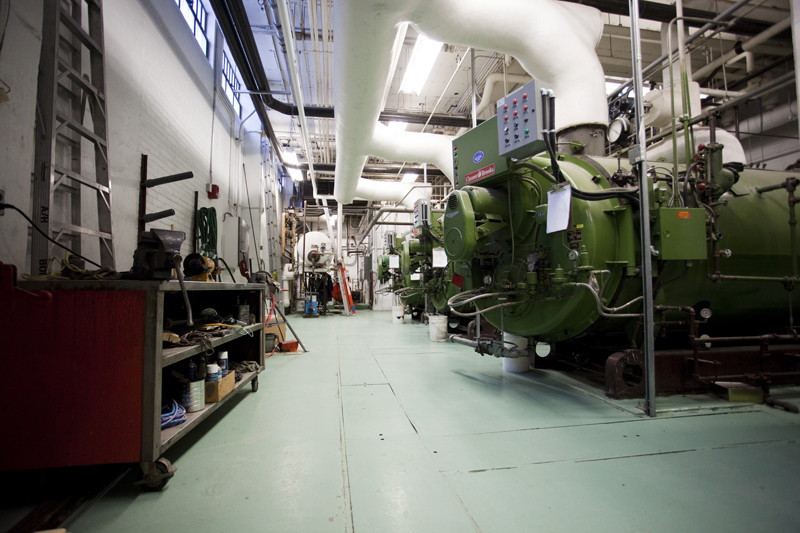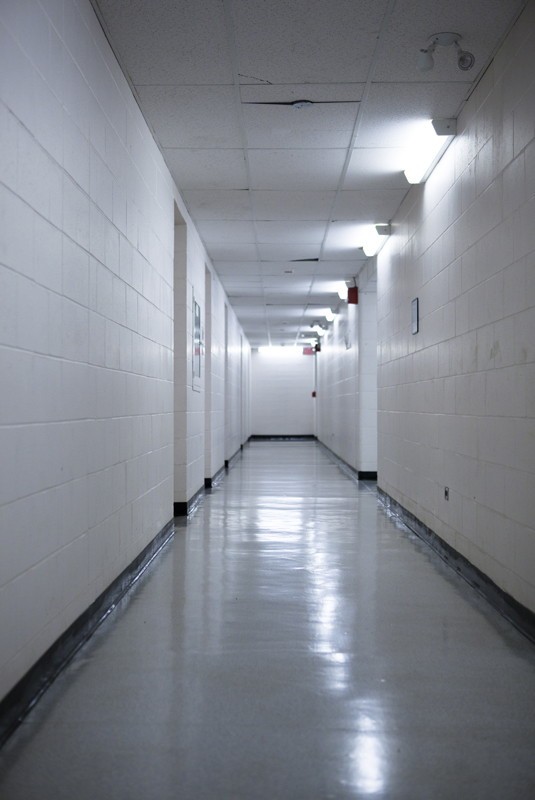Head to the Bulman Centre, for the sign is nigh
Experts and students weigh in on where to wait out the apocalypse on campus
Hurricanes tear through the city, lava rains from the sky, the streets are thronged with zombies - and you’re stuck at the University of Winnipeg, working on your thesis.
What do you do if you’re on campus when the world ends?
Marty Grainger, head of security at the university, said in case of disaster it is important to have a plan. There are a number of different emergency scenarios outlined on the university website.
“It’s better to read all these beforehand, instead of ‘It’s happening, what do I do?’” said Grainger.
It is unclear what sorts of events will herald the world’s end, but in an emergency situation, students will be alerted over the PA system.
If a natural disaster such as a tornado hits the city, Grainger advises students to avoid windows and unsheltered locations.
“You never know. With a tornado, it picks things up, it sends things flying. You can get hurt by broken glass,” he said.
The least advisable place to hide would be the glassed-in area outside of Café Bodhi and the skywalk, Grainger said.
According to Grainger, the university does not have an emergency plan in case of a nuclear fallout.
In the end, if an apocalypse were to occur, Grainger said, there won’t be much the university can do.
“All we can do is prepare for the worst and hope for the best,” he said.
Grainger added that if the world were ending, he would not stay on campus.
“I’d get together with my family. If it happens, there’s not much else you can do.”
Len Cann, director of the physical plant, encourages would-be survivors to go as deep below ground as possible.
The Bulman Student Centre, at approximately 24 feet below-grade (below ground level), is the lowest area accessible to students.
Sub-basements beneath Ashdown and Riddell Hall are among the deepest places on campus, at approximately 28 feet below-grade, but these are full of equipment and machinery, said Cann.
The cramped, noisy and often dangerous spaces would not be the ideal place to wait out a disaster.
“If it was a nuclear meltdown, I think we’re all in for a lot of grief,” said Cann.
While the experts encourage hiding out underground, students at the university have other ideas.
Krystina Fleming, a third-year student studying conflict resolution, and Andrea Dyck, a third-year student in environmental studies, plan to get to the highest level of the university to observe their impending doom.
“We’re going to go to the roof and watch it unfold,” said Dyck.
Reena Villanayor, a second-year biology student, would celebrate the end of the world by creating a mini-apocalypse of her own.
“I would conduct crazy experiments before the world ends, explosions and whatnot. That would be amazing for a science student like me,” said Villanayor.
Emelda Iraduknda, a second-year biochemistry student, knows where she’ll be if there’s an Armageddon.
“I would be on my knees praying. If the world is going to end, Jesus will come back and I’ll go with him,” Iraduknda said.
Published in Volume 66, Number 21 of The Uniter (March 1, 2012)

